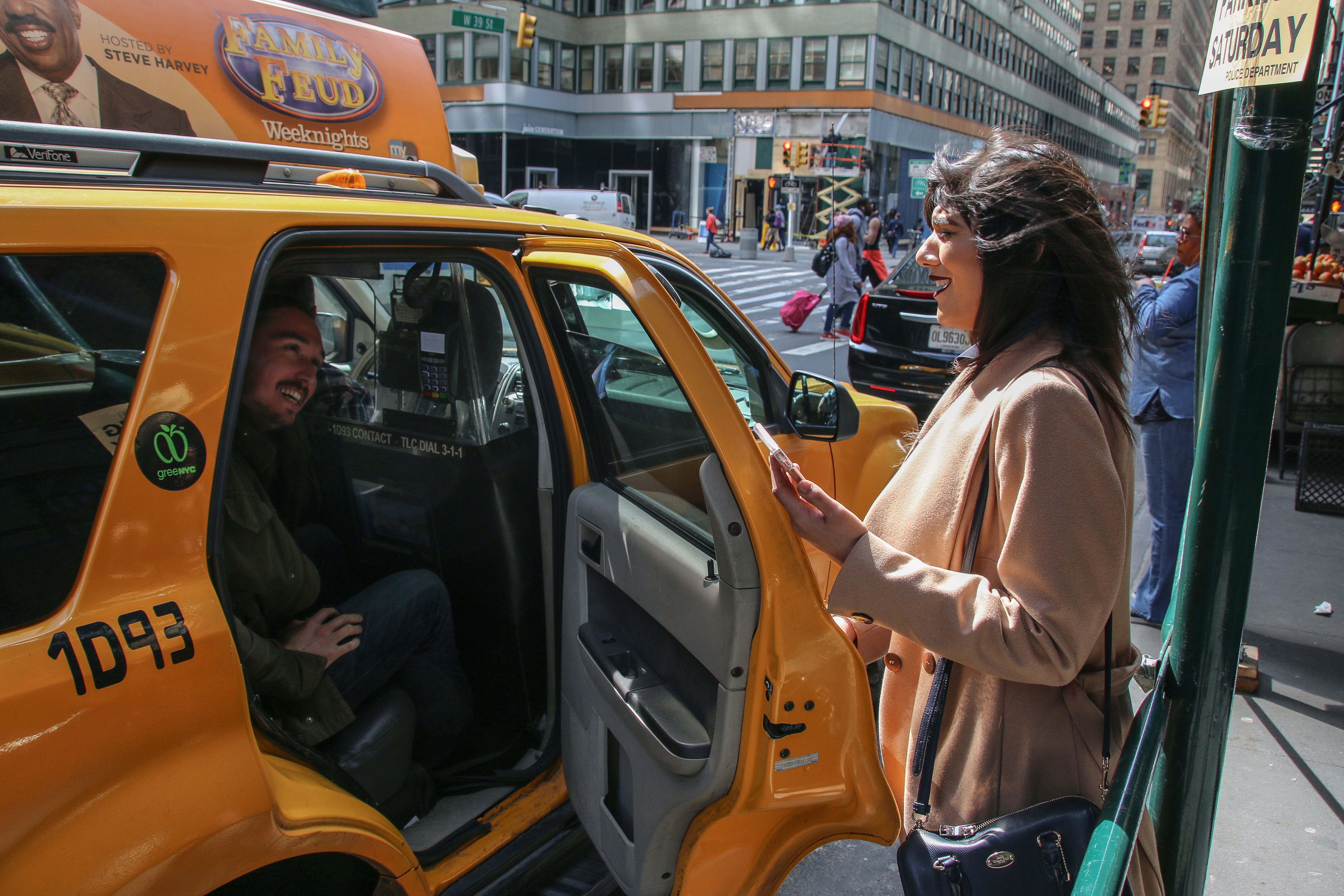Transportation is crucial in a city as massive and densely populated as New York. Efficient public transit and reliable vehicle services are necessary to navigate the ever-active five boroughs. The subway, yellow cabs, and ride-sharing apps like Uber and Lyft each offer their own pros and cons for travelers. While preferences may vary depending on circumstances, understanding how these options compare can help New Yorkers and visitors choose the best way to reach their destination in a timely manner.
Riding the Rails
Spanning more than 660 miles of track, the New York City subway is undoubtedly the fastest and most convenient means of transportation for many daily commutes. With over 5 million riders daily, subway service covers a vast network of underground and elevated lines. Whether hustling to work or exploring the city sights, one train is usually all it takes to venture virtually anywhere thanks to the subway’s frequent intervals and diverse routes. Transfers are rarely needed, making the system highly efficient for travelers. While underground travel precludes scenic views, the subway remains an affordable and reliable choice for covering long distances indoors out of inclement weather.

Hailing a Classic Yellow Cab
For over a century, yellow cabs have been iconic symbols of New York transportation. Many veteran drivers gain an almost encyclopedic knowledge of city street patterns and traffic flows through years of navigating the unpredictable streets. This seasoned expertise allows them to often select swifter routes than GPS or apps. However, flagging a taxi can prove challenging during peak hours or rainy days when streetside demand skyrockets. Fares also lack transparency and consistently exceed those of rideshare vehicles. Still, the signature checker cabs retain their nostalgic charm and suitability for brief, point-to-point trips.
Choosing Ride-Sharing Convenience
In recent years, on-demand ride-hailing apps like Uber and Lyft have revolutionized urban transportation. Ordering a car to your location via smartphone marks a drastic transition from the hassle of hailing occupied cabs. Fleet vehicles also include newer models providing roomier interiors and smoother rides compared to older taxis. Ride-share drivers regularly utilize navigation to minimize time spent in traffic, yet their developing route familiarity pales against veteran cabbies. Surge pricing occasionally inflates fares, though standard rates typically undercut taxis. Overall, the instant accessibility and expanded coverage area of ride-shares make them highly practical for airport runs or nights out.
Considering Unique Borough Needs
While subways and taxis maintain ubiquitous presences throughout Manhattan, Brooklyn, Queens, the Bronx, and Staten Island, certain neighborhoods favor specific transit methods. For instance, sparse subway access in outer borough areas increases reliance on affordable ride-shares and expanded bus services. Conversely, dense downtown Manhattan rarely requires vehicles except for luggage or disabilities. Weighing factors like time, cost, weather, and individual mobility helps New Yorkers select the most suitable transportation option for each unique travel scenario. With advanced planning and flexibility, residents and visitors can seamlessly integrate multiple modes to fully access this immense, iconic city.
Adapting to Changes
Like all evolving urban centers, New York’s transportation landscape regularly adapts to maintain services. Rising costs and drivers transitioning to ride-shares decreased yellow taxi numbers by over 10,000 in recent years. While preserving options, the city approved green taxi fleets and higher caps on for-hire vehicles to supplement yellow cabs. Meanwhile, the MTA refines crowded subway schedules and launches accessibility improvements systemwide. Ride-shares now operate green fleets and integrate public transit data into apps. As technology and demands change living patterns, resilient New York finds new solutions balancing progress and tradition and ensures all communities retains transportation accessibility. Overall, no single method defines getting around—instead, skillful integration of available choices optimizes each traveler’s experience of this endlessly fascinating metropolis.

/GettyImages-625321358-58e24c335f9b58ef7e5529e7.jpg) Travel Safety Tips in Casablanca
Travel Safety Tips in Casablanca